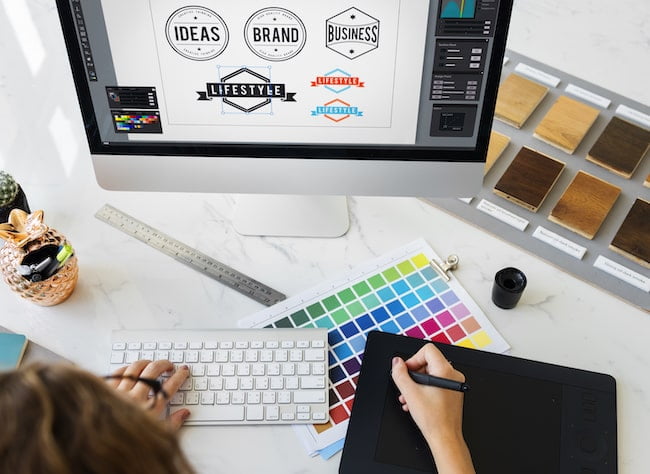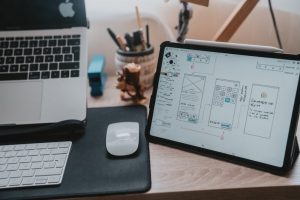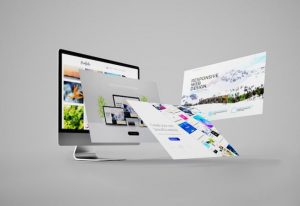The full form of logo stands for Language of graphics-oriented. The term LOGO is a symbol which is used to recognize a public identification of a brand or company.
The logo can be an abstract design or a symbol which represents a wordmark.
The visual elements of a good logo
—
Logos usually comprise of typography, graphics, and color schemes. These are visual design elements, and their quality can be subjective. Even so, good logo designers use brand research and logo design principles to optimize these elements.
The qualities that make a good logo—
Let’s move onto the more intangible qualities that make up good logo design.
While it is important to maximize the efficacy of your logo through the physical design characteristics mentioned above, good logo design has more to do with how well it satisfies the needs of branding.
When you are trying to decide on the quality of your logo, consider the following criteria. Here’s what makes a good logo:
Distinction
Your logo should be distinct, designed to stand out from similar brands. Use design elements that fall outside of the current trends in order to create a strong visual impact. The brand should have a unique story, and this will be your guiding light to design a distinct logo for it.
This logo is distinct by cleverly reinterpreting the image of a sushi roll. Design by cucuque design.
A running abstract figure is a common feature in fitness logos, but blue spin makes his distinct with a unique shape and a fun hat.
Relevance
Relevance refers to how well your logo design connects with your audience. It’s important to do the audience research to understand who exactly the logo should be speaking to, from broad descriptors like age and education to narrower ones like values and hobbies. Use your knowledge of your community to guide your research into what design elements will best appeal to them. This involves a balancing act with the previous topic above: you want your logo to be distinct, but you don’t want it to be so off-the-wall that target consumers cannot connect with it.
Simplicity
The best logos are simple enough to be understood at a moment’s glance. As designer Jeff Fisher puts it, a great logo should “catch the attention of a viewer zipping by signage at 70 miles per hour, on packaging on the crowded shelves of a store, or in any other vehicle used for advertising, marketing and promotion.”
Simplicity is directly linked to memorability. A logo must encapsulate a concise brand message, and this is easily achieved through legible fonts, minimalist shapes, and spared detail (consider how well your design works in monochrome or when scaled down to a small size).
Timelessness
It’s not enough that a logo is good today—it has to stay good for years to come. Though logo redesign is an option now and again, constant changes can interfere with consumers’ ability to associate a logo with a company. That’s why a good logo is designed from the start to be timeless.
For a timeless logo, avoid the hype train or following trends for their own sake. Trends date themselves even faster than the time your audience will give to your logo. Focus on quality based on market research. Think of logos you know that have stood the test of time. While some famous logos update themselves to keep up with the modern era, you can still recognize the brand throughout their iterations.
Adaptivity
Adaptivity refers to how well your logo design holds up in all of the mediums that are digitally and physically possible.
Responsive logos vary in size and complexity, and sometimes even exist in different colors to accommodate varied destinations.
A good logo design should be suitable for mobile and web, for digital and print, for every scale and shape.
Every brand deserves a good logo
—
Now that you know what qualities to look out for, you’re ready to take off and create a logo that you can confidently call good. If you need help with the execution of your logo, consider hiring a professional to translate your vision into a great logo you can be proud of.
Want more logo design tips? Contact Vantage Designs now.



